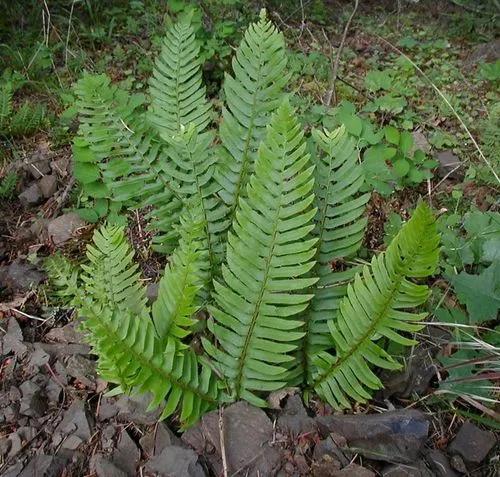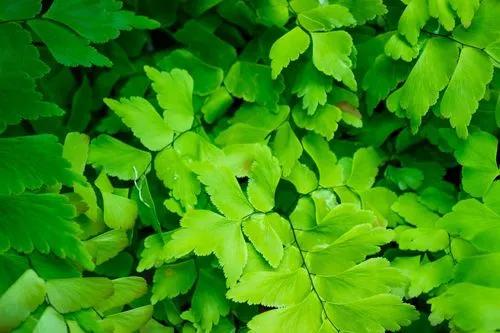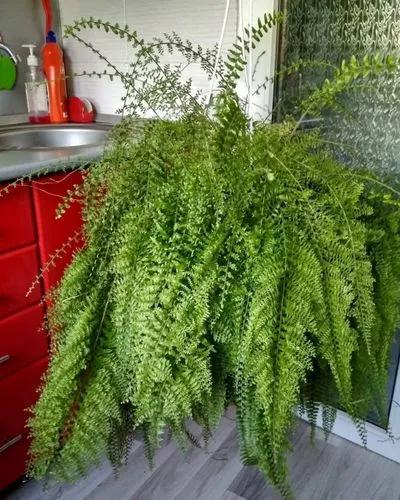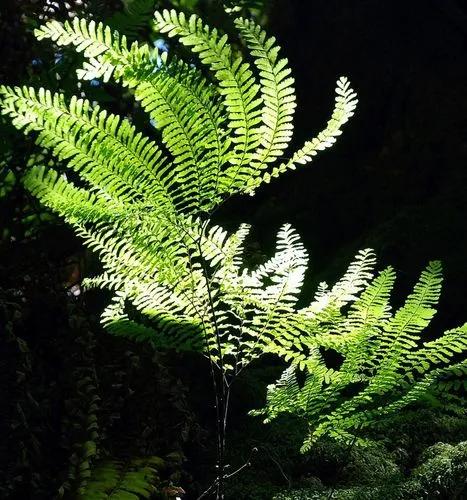Adiantum tenerum, common name brittle maidenhair fern, is a species of maidenhair fern belonging to the family Pteridaceae. Adiantum tenerum grows in a creeping position. Leaves are light green, pinnate, fan-shaped, glabrous, arching or pendent, about as long as broad.
Rosy Maiden Hair Fern - Adiantum Tenerum Care
Adiantum Tenerum



How to Care for the Plant

Water

The higher the humidity, the less effort you will have to make when pouring. If the humidity is low. In order to find the right amount of water for the soil, you need a little exercise and a sure instinct, as the maidenhair fern prefers a constant moist, but does not tolerate waterlogging.

Pruning

The maidenhair fern does not have to be cut back. It is enough to cut off withered shoots and, if necessary, dried fronds. Fronds are in this case cut off shortly above the ground. In beds the frost robust maidenhair fern will grow lusher if frostbite is removed in spring.

Fertilizer

When fertilizing, you should be careful, because for the maidenhair fern less is more. Too much fertilizer causes more damage than using no fertilizer at all. In general, you should use a slightly concentrated liquid fertilizer for green plants. Make sure the soil is moist before fertilizing.

Sunlight

Full sun, partial shade.

Soil

Perform well in most types of soil.

Temperature

Temperatures between 65 (18 °C) to 75 F (23 °C) and nighttime temperatures between 50 t(10°C) to 60 F (15 °C).

Container

The plants do well in a container filled with a potting mix that drains quickly.

Additional

Enzootic hematuria, the most common form of bracken fern poisoning, primarily affects cattle and less frequently affects sheep. It is characterized by intermittent hematuria and anemia. Poisoning most often occurs during late summer when other feed is scarce, or when animals are fed hay containing bracken fern.

Popularity

242 people already have this plant 40 people have added this plant to their wishlists
Discover more plants with the list below
Popular articles






